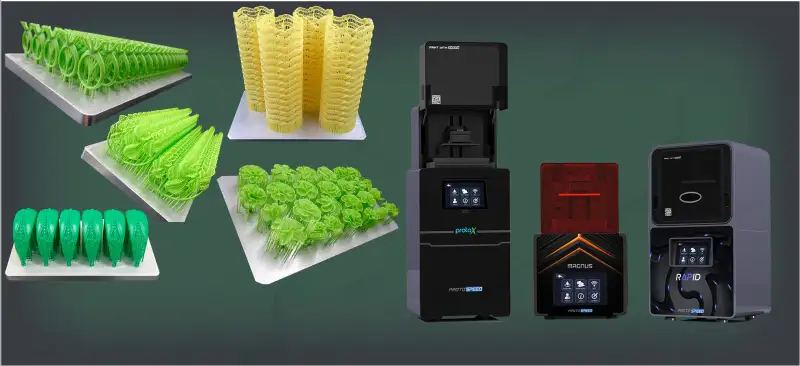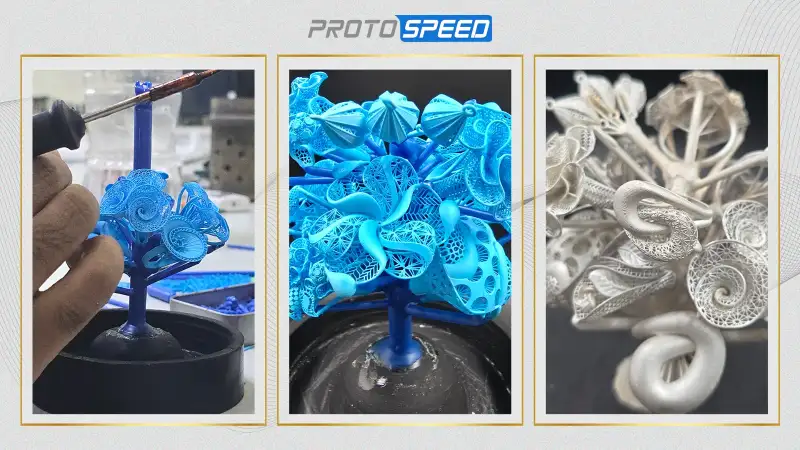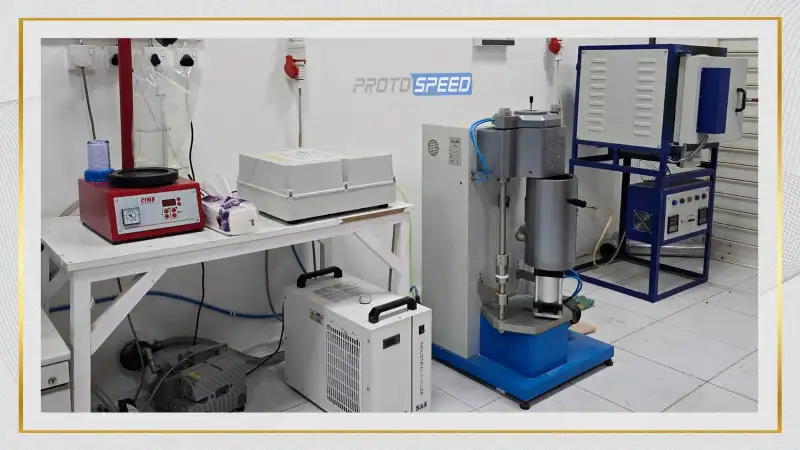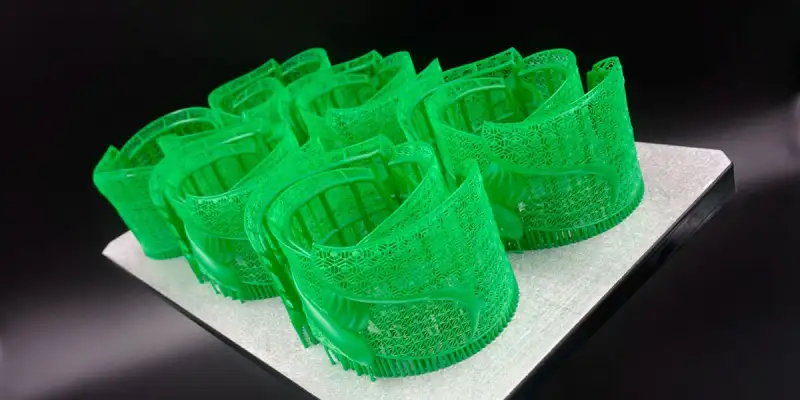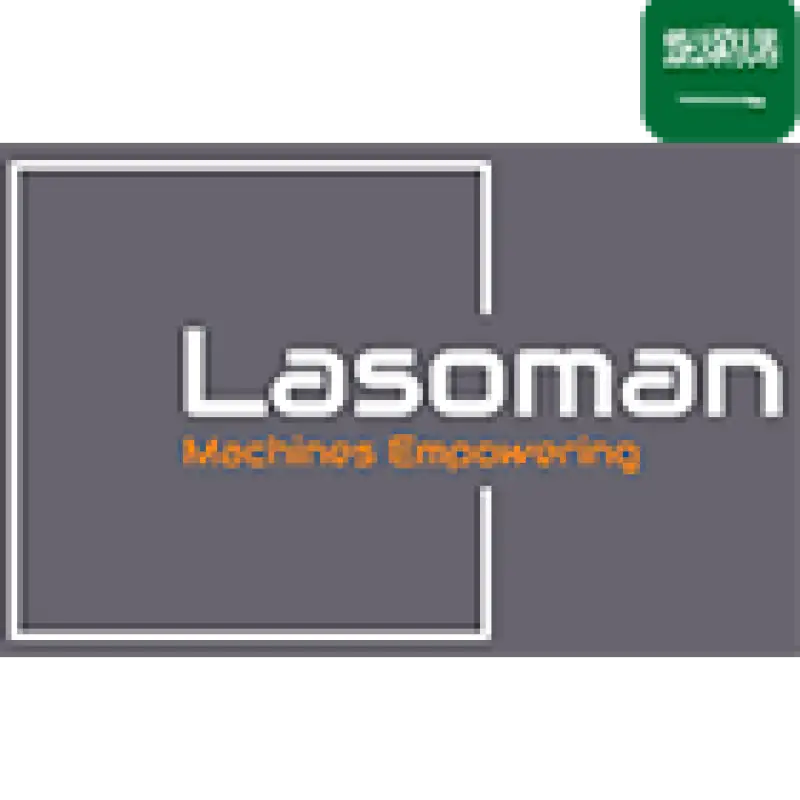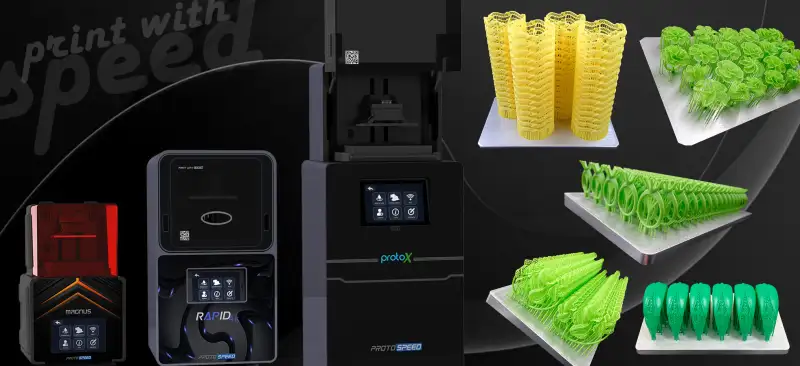The demand for precision, rapidity, and scalability in jewelry manufacturing is at a record-breaking level. Jewelers require technology that ensures impeccable precision while maintaining efficiency, whether creating elaborate custom pieces or managing large manufacturing. The Rapid jewelry printer by Protospeed excels in this field.
In the world of jewelry casting, precision is everything. Melting precious metals like gold and silver requires strict temperature control to ensure clean flow, complete mold filling, and defect-free castings. However, a hidden factor often affects this process—invisible oxidation. In this article, we explore how invisible oxidation influences melting behavior, how it can mislead machine settings, and how the use of borax as a flux helps control oxidation during melting.
Recycling scrap gold and silver is a common practice in jewelry manufacturing, especially for cost savings and sustainability. But reusing scrap metal in jewelry casting comes with both advantages and challenges. In this blog, we explore the effects of using scrap metal in jewelry casting, including the benefits, potential quality issues, and expert-recommended best practices to ensure reliable and beautiful results.
A vital step in producing complex and superior jewelry products is casting. The proper equipment is necessary to guarantee productivity, safety, and consistent outcomes whether you're running a small business or a large production facility. This blog outlines the essential equipment required by a typical jewelry casting setup, along with its significance and use.
Resin 3D printing has revolutionized the way we prototype, produce, and cast intricate parts, especially in industries such as jewelry, dental, and precision engineering. Whether you're a beginner or a seasoned professional, understanding the terminology of resin printing can drastically improve your print quality, troubleshooting skills, and workflow efficiency.
The combination of suitable materials and hardware is crucial in the rapidly evolving field of jewelry design. A perfect combination of speed, accuracy, and performance is achieved when ProtoSpeed 3D printers are combined with castable resins from ProtoResins. Here are some reasons why this combination is transforming the way jewelers create their designs.
In the world of jewelry manufacturing, precision and quality go hand-in-hand. Whether you’re a designer, casting technician, or 3D print expert, understanding the core technical terms used in the jewelry casting process is essential for producing flawless pieces. Below is a curated glossary of essential casting vocabulary every professional should master.
Rapid prototyping has become essential in modern, fast-paced design and manufacturing environments. Modern product development's success is contingent upon precision, cost-efficiency, and time to market.
Reliability, accuracy, and speed are not extras in the dynamic jewelry production industry; they are essentials. The preferred option for discerning jewelers worldwide is Protospeed 3D printers. Protospeed offers a customized solution to meet your needs, whether managing extensive production operations or creating complex custom items
When it comes to the fast-developing field of 3D printing, innovation is not merely a term; rather, it is an absolute need. The Protospeed Magnus Series, a line of high-performance resin 3D printers designed for incredibly accurate applications, is one of the biggest innovations in Saudi Arabia's printing sector in recent years.

